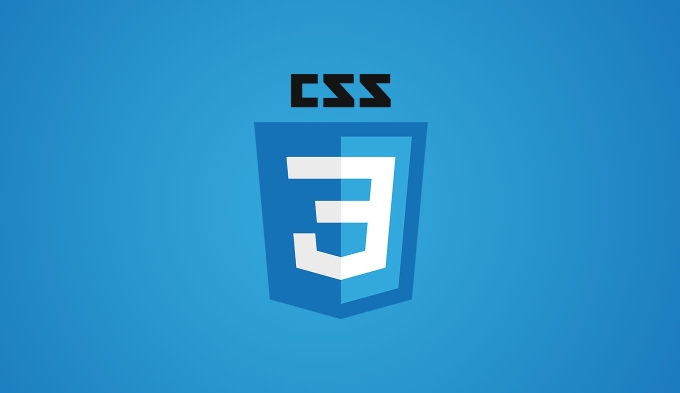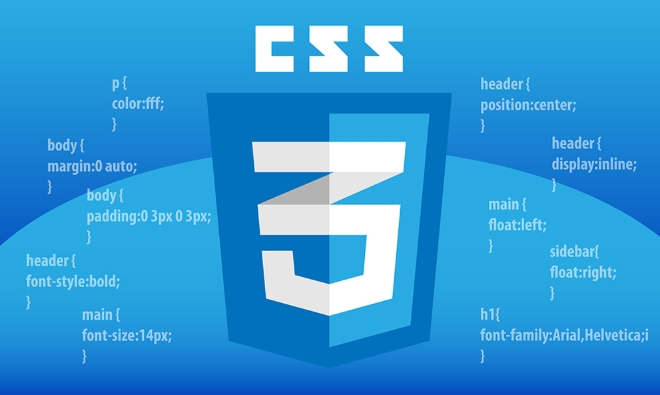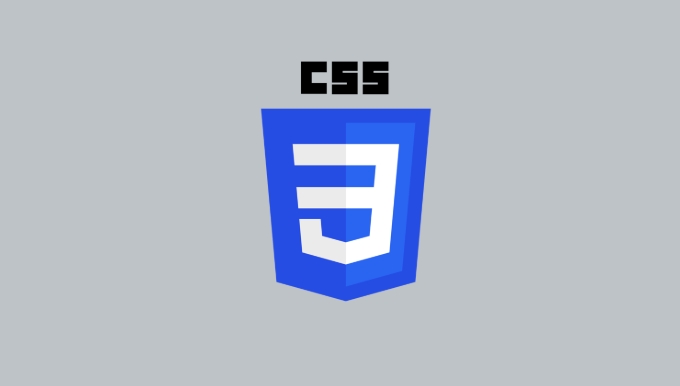Controlling the scope of CSS variables can avoid naming conflicts and improve maintenance. 1. Define the variable in a specific parent element rather than:root, such as .button { --btn-bg: #007bff; }, restricting the variable to only act on the component and its child elements; 2. Use fallback value to ensure that there is a default substitution when the variable is undefined, such as color: var(--text-color, #333); 3. Use nested priority to achieve style override, such as .card.dark internally redefine --bg and combine naming specifications to reduce the possibility of conflicts, thereby improving the flexibility and stability of the style.

When you want CSS variables to not interfere with each other between different components and want them to have reasonable default values, controlling the scope of the variables and setting the appropriate fallback value becomes the key.

Why you need to control the scope of CSS variables
CSS variables are global by default, and variables defined in :root can be accessed throughout the page. But this can easily cause naming conflicts, especially in large projects that multiple components may use the same variable name.

The solution is: define the variable on a more specific parent element.
For example, a button component can do this:

.button {
--btn-bg: #007bff;
--btn-color: #fff;
} In this way, only this .button element and its children can access these variables, avoiding global pollution.
How to set fallback value for CSS variables
Sometimes you are not sure if the variable is defined or want to provide a default value. At this time, you can add the fallback value where the variable is used.
The syntax is as follows:
color: var(--text-color, #333);
In the example above, if --text-color is not defined, #333 will be used as the color value.
Common scenarios include:
- Use default color when the theme color is not defined
- Maintain basic style when dynamically injecting variables fails
- Different component levels share some variables, but allow override
Tips and precautions for controlling scope
Some details are easily overlooked, but they are important in actual use:
- Variable priority in nested components : If both the parent and child elements define variables with the same name, the child element's variable overwrites the parent.
- Don't over-rely rely on fallback : fallback is a safety net, not the main logic. Try to ensure that the variables have been defined in the appropriate scope.
- Naming specifications are important : for example, using prefixes to distinguish modules, such as
--nav-link-colorand--footer-link-color, to reduce the possibility of conflict.
For example:
.card {
--bg: #ffff;
}
.card.dark {
--bg: #222;
}
.card__content {
background-color: var(--bg);
} This way, switching the class name can easily change the background color, and the scope of the variable is also limited to .card .
Basically that's it. Reasonable control of scope and setting fallback can make your CSS more flexible, maintainable, and not prone to errors.
The above is the detailed content of Controlling CSS Variable scope and fallbacks. For more information, please follow other related articles on the PHP Chinese website!

Hot AI Tools

Undress AI Tool
Undress images for free

Undresser.AI Undress
AI-powered app for creating realistic nude photos

AI Clothes Remover
Online AI tool for removing clothes from photos.

Clothoff.io
AI clothes remover

Video Face Swap
Swap faces in any video effortlessly with our completely free AI face swap tool!

Hot Article

Hot Tools

Notepad++7.3.1
Easy-to-use and free code editor

SublimeText3 Chinese version
Chinese version, very easy to use

Zend Studio 13.0.1
Powerful PHP integrated development environment

Dreamweaver CS6
Visual web development tools

SublimeText3 Mac version
God-level code editing software (SublimeText3)

Hot Topics
 How can I include CSS only on some pages?
Jun 11, 2025 am 12:01 AM
How can I include CSS only on some pages?
Jun 11, 2025 am 12:01 AM
There are three ways to selectively include CSS on a specific page: 1. Inline CSS, suitable for pages that are not frequently accessed or require unique styles; 2. Load external CSS files using JavaScript conditions, suitable for situations where flexibility is required; 3. Containment on the server side, suitable for scenarios using server-side languages. This approach can optimize website performance and maintainability, but requires balance of modularity and performance.
 Flexbox vs Grid: Understanding the Key Differences in CSS Layout
Jun 10, 2025 am 12:03 AM
Flexbox vs Grid: Understanding the Key Differences in CSS Layout
Jun 10, 2025 am 12:03 AM
Flexboxisidealforone-dimensionallayouts,whileGridsuitstwo-dimensional,complexlayouts.UseFlexboxforaligningitemsinasingleaxisandGridforprecisecontroloverrowsandcolumnsinintricatedesigns.
 Creating an Auto-Closing Notification With an HTML Popover
Jun 10, 2025 am 09:45 AM
Creating an Auto-Closing Notification With an HTML Popover
Jun 10, 2025 am 09:45 AM
The HTML popover attribute transforms elements into top-layer elements that can be opened and closed with a button or JavaScript. Popovers can be dismissed a number of ways, but there is no option to auto-close them. Preethi has a technique you can u
 What is 'render-blocking CSS'?
Jun 24, 2025 am 12:42 AM
What is 'render-blocking CSS'?
Jun 24, 2025 am 12:42 AM
CSS blocks page rendering because browsers view inline and external CSS as key resources by default, especially with imported stylesheets, header large amounts of inline CSS, and unoptimized media query styles. 1. Extract critical CSS and embed it into HTML; 2. Delay loading non-critical CSS through JavaScript; 3. Use media attributes to optimize loading such as print styles; 4. Compress and merge CSS to reduce requests. It is recommended to use tools to extract key CSS, combine rel="preload" asynchronous loading, and use media delayed loading reasonably to avoid excessive splitting and complex script control.
 How to use Lotties in Figma
Jun 14, 2025 am 10:17 AM
How to use Lotties in Figma
Jun 14, 2025 am 10:17 AM
In the following tutorial, I will show you how to create Lottie animations in Figma. We'll use two colorful designs to exmplify how you can animate in Figma, and then I'll show you how to go from Figma to Lottie animations. All you need is a free Fig
 Breaking Boundaries: Building a Tangram Puzzle With (S)CSS
Jun 13, 2025 am 11:33 AM
Breaking Boundaries: Building a Tangram Puzzle With (S)CSS
Jun 13, 2025 am 11:33 AM
We put it to the test and it turns out Sass can replace JavaScript, at least when it comes to low-level logic and puzzle behavior. With nothing but maps, mixins, functions, and a whole lot of math, we managed to bring our Tangram puzzle to life, no J
 External vs. Internal CSS: What's the Best Approach?
Jun 20, 2025 am 12:45 AM
External vs. Internal CSS: What's the Best Approach?
Jun 20, 2025 am 12:45 AM
ThebestapproachforCSSdependsontheproject'sspecificneeds.Forlargerprojects,externalCSSisbetterduetomaintainabilityandreusability;forsmallerprojectsorsingle-pageapplications,internalCSSmightbemoresuitable.It'scrucialtobalanceprojectsize,performanceneed
 Does my CSS must be on lower case?
Jun 19, 2025 am 12:29 AM
Does my CSS must be on lower case?
Jun 19, 2025 am 12:29 AM
No,CSSdoesnothavetobeinlowercase.However,usinglowercaseisrecommendedfor:1)Consistencyandreadability,2)Avoidingerrorsinrelatedtechnologies,3)Potentialperformancebenefits,and4)Improvedcollaborationwithinteams.






